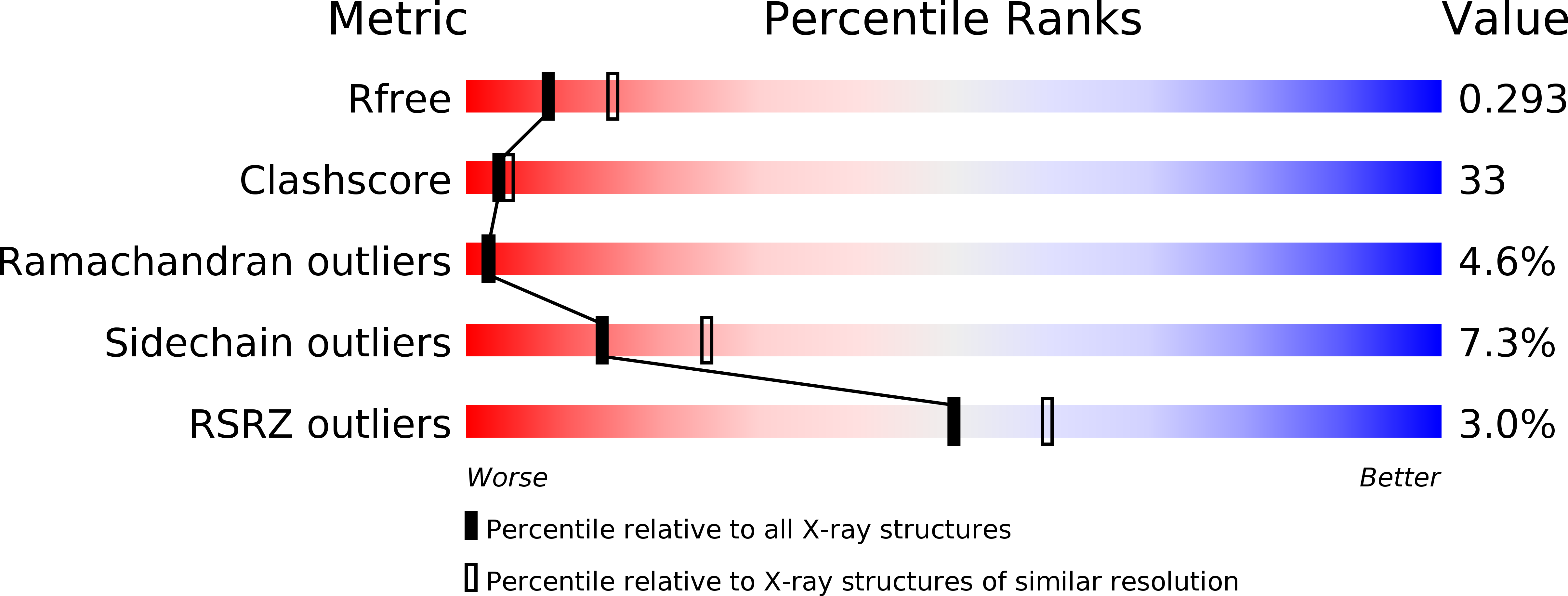
Deposition Date
2011-04-21
Release Date
2011-06-01
Last Version Date
2024-11-06
Entry Detail
Biological Source:
Source Organism:
Clostridium botulinum (Taxon ID: 1491)
Host Organism:
Method Details:
Experimental Method:
Resolution:
2.75 Å
R-Value Free:
0.29
R-Value Work:
0.23
R-Value Observed:
0.23
Space Group:
P 1 21 1


